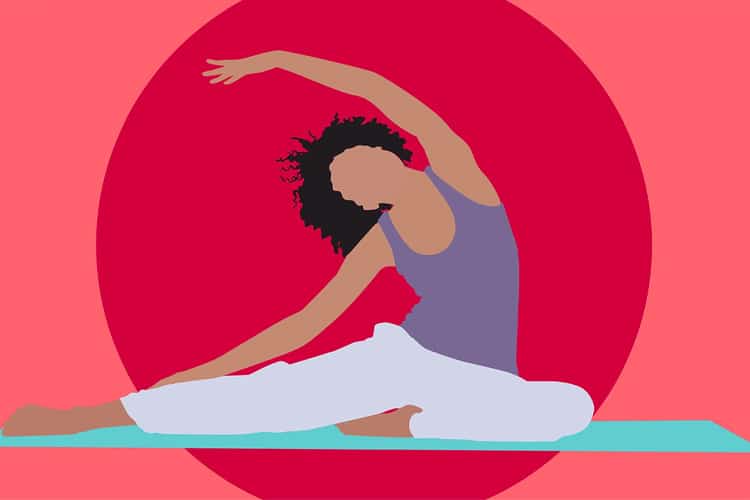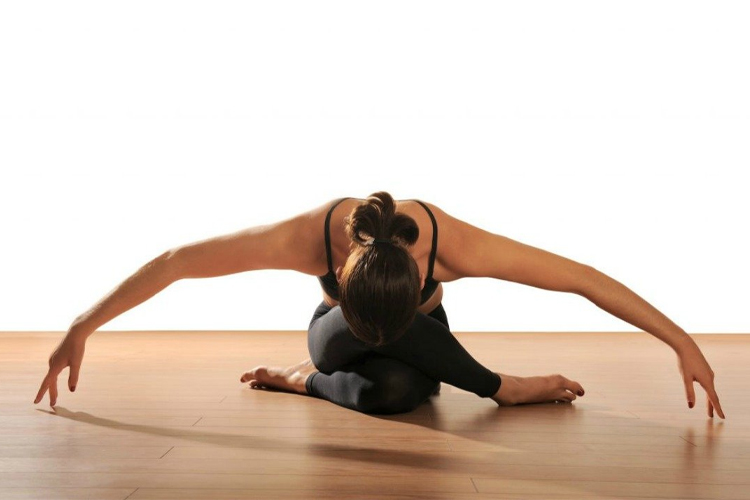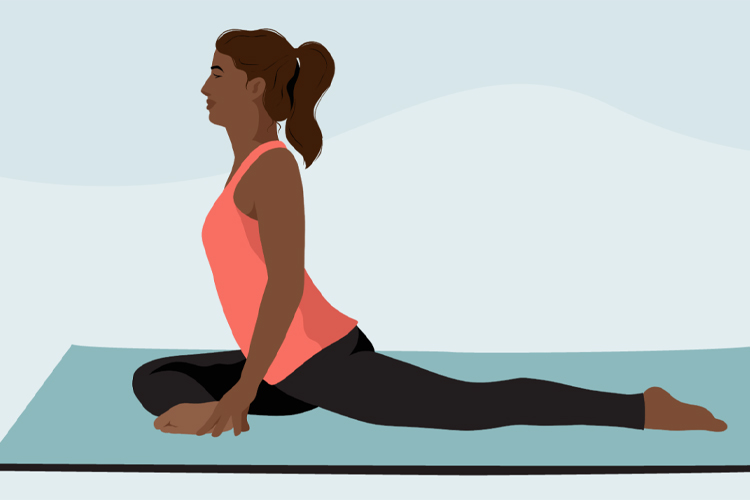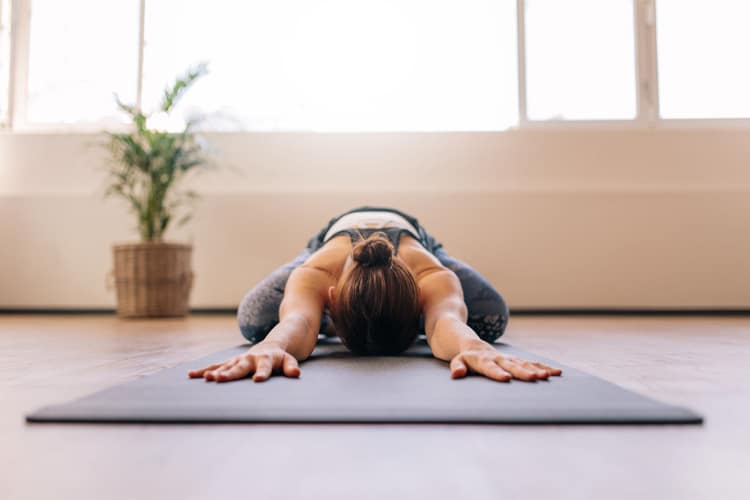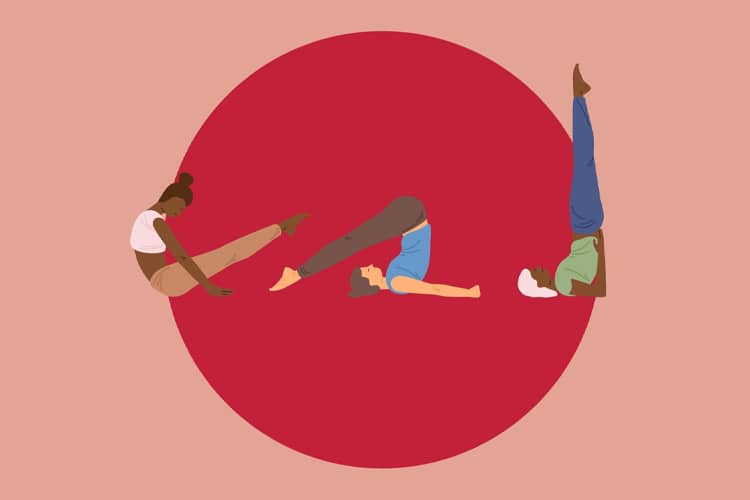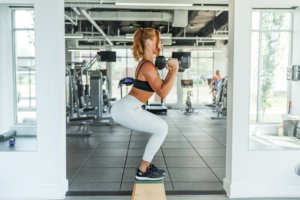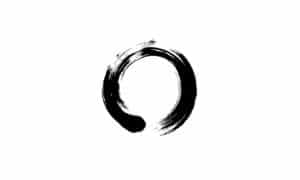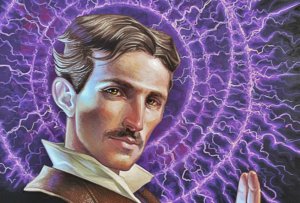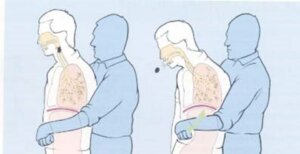Yoga first emerged in ancient India and has been a very broad teaching. It takes its name from the Sanskrit name “Yuj”. It means union, attachment, yoke. Yin Yoga is one of the most effective and popular types of this practice.
At first, breathing techniques and posture poses of yoga may be difficult for someone who is new to yoga. At the same time, if you are away from active activities in daily life, some muscle groups in your body may be strained and trembling during yoga sessions.
There are many different types of yoga. Which of these a person who wants to do yoga can start by doing depends entirely on the person’s expectations and needs from yoga. It’s up to you to find the type of yoga that might be right for you. In this article, we explored the “Yin Yoga” type of yoga.
- Hatha Yoga
- Ashtanga Yoga
- Vinyasa Yoga
- Yin Yoga
- Kundalini Yoga
- Yoga Therapy
- Restorative Yoga
- Bikram Yoga
What You Should Know Before Starting Yoga
Some information that may be useful for the person who wants to practice yoga to know beforehand:
- Although yoga relaxes you, you may experience sweating and fatigue during yoga. If your muscles have been inactive for a long time, this is quite natural, especially in the first sessions.
- You should end your eating and drinking habits 1-2 hours before starting yoga. Trying to do yoga poses while the digestive system is busy digesting food can cause your food to come into your mouth.
- If you’re going to start doing yoga, make one last visit to the bathroom. The empty bladder and intestines allow you to move much more comfortably during yoga.
- If you have a trainer on your side and he or she doesn’t say otherwise, take regular calm breaths through your nose. Keep your breathing even.
- Make sure that the place you prepare for yoga is not a stuffy place. The environment must be well ventilated just before starting. It is not right to use sharp scents such as incense and air freshener to smell good.
- You should take care to drink enough water before and after starting yoga.
- If you have a personal illness, talk to your doctor before doing yoga.
Necessary Materials for Yoga
- During yoga, you should lay a mat on the ground to avoid slipping from where you are sitting. The mat you use should be slightly longer than your own height and of medium thickness. In some positions, you may need to do yoga barefoot to avoid slipping completely.
- In order to be able to move more comfortably and flexibly, light clothes that can stretch and will not sweat should be preferred. Keep spare clothes with you in case of sweating that may occur after an active yoga session.
- Depending on the type of yoga you will do, some of your needs may vary. These additional materials are provided if you are in a yoga studio.
Let’s come to the main topic: Where did Yin Yoga come from?
The history of Yin yoga is based on traditional Chinese medicine. The first Yin Yoga practices were made by Paul Grilley . While providing training in anatomy, Paul Grilley also trains trainers who can teach Yin Yoga. Other important names who work and give training on Yin Yoga: Sarah Powers, Bernie Clark.
If we go beyond just defining our body as physicality, each body has two types of energy channels, female and masculine. When these two energies become one, we become us. Yin, feminine energy ; Yang is masculine energy. The muscles in our Yang body are connective tissues that are located further below the Yin muscles.
What Does Yin Yoga Purpose?
It mainly targets the upper leg, hips, around the spine and connective tissues in that area. It is essential to wait for a long time in the asanas (poses) created while doing Yin Yoga. This application, which develops the connective tissues, also stretches the muscles quite a lot. The aim here is not to strengthen the muscles, but to ensure that the connective tissues are stretched and stretched in a controlled manner.
With this feature, Yin Yoga differs from other types of yoga. It is recommended that those who want to practice Yin Yoga begin with the help of a trainer, as in other types of yoga. Although it may seem easy, you can unintentionally hurt yourself while doing the asanas. It is necessary to learn the basic knowledge and movements correctly. After you have enough knowledge and experience, you can apply your own practices at home.
Who Should Practice Yin Yoga?
If you think that you have an irregular and over-stimulated energy flow in your body, and if you find yourself constantly tired in the stress and rush of the day, Yin Yoga will do you better than you ever expected.
In today’s world, almost all of us are available and overstimulated every minute. Our minds are trying to process all kinds of information that comes their way. Our attainment of calmness first begins with some relaxation of the mind. When Yin Yoga becomes a part of your life, you will be free of your subconscious emotions in your mind. There is no age band to practice Yin yoga. It is suitable for all ages.
While Doing Yin Yoga…
Pause in the asanas with slow and gentle movements, remembering that in Yin Yoga the poses should not be done quickly and actively. Try not to use up all your energy to create the asana. Yoga relaxes you when done with the right fundamentals. Do not be stubborn in movements based on the pain threshold.
A Yin Yoga session lasts 30-40 minutes. Consciously do every move you make, and as you create your poses, keep the same pose, trying not to move any more. Try to hold the asana for 1-3 minutes in the beginning, you should try to maintain it for much longer later on.
Almost every pose has an alternative version. If the pose you’re trying to do is overworking and you’re uncomfortable or not feeling the stretch, don’t hesitate to ask the instructor for another alternative to the pose you’re trying to do.
After completing your practice, you can lie on your back to rest. In fact, standing in this position for a long time will give you the feeling of waking up from a long and pleasant sleep.
Hatha Yoga and Yin Yoga
In Yin Yoga, just like in Hatha Yoga, there is a change of pose. In this way, while the body gains flexibility, the muscles become stronger. The difference between changing poses in Yin Yoga and Hatha Yoga is that Yin Yoga aims to stretch the body by staying in the same pose for a long time while passing from pose to pose.
Rather than stretching in Hatha Yoga, the goal is to quickly and actively move from one pose to another. As a result of these purposes, Hatha yoga focuses more on muscles and strength, while Yin Yoga targets connective tissues and joints.
It makes the body flexible. Hatha Yoga is the most common type of yoga compared to other types. That’s why it is also called classical yoga. It is a type of yoga for those who are introduced to yoga for the first time.
Benefits of Yin Yoga
- Yin Yoga is a therapy for the body and has a healing effect.
- It is known that it is especially good for joint problems thanks to stretching movements and helps to protect your general body health.
- It balances the existing energy by sending stimuli to the energy channels in the body.
- It purifies and calms the mind. It prevents the shortening and deterioration of connective tissues, connective tissues are renewed in a healthy way.
- It provides flexibility and movement. When it is started to be done regularly, it prevents stress, diseases caused by stress and cellulite.
- It improves the quality of life by helping to eliminate many psychological problems. It fosters harmony between mind and body.
- It helps to lose weight thanks to the decrease in the secretion of stress hormone, it has also been observed that it slows down aging for the same reasons.
As with other types of yoga, Yin Yoga must be practiced continuously in order for its effects to be visible and permanent.

